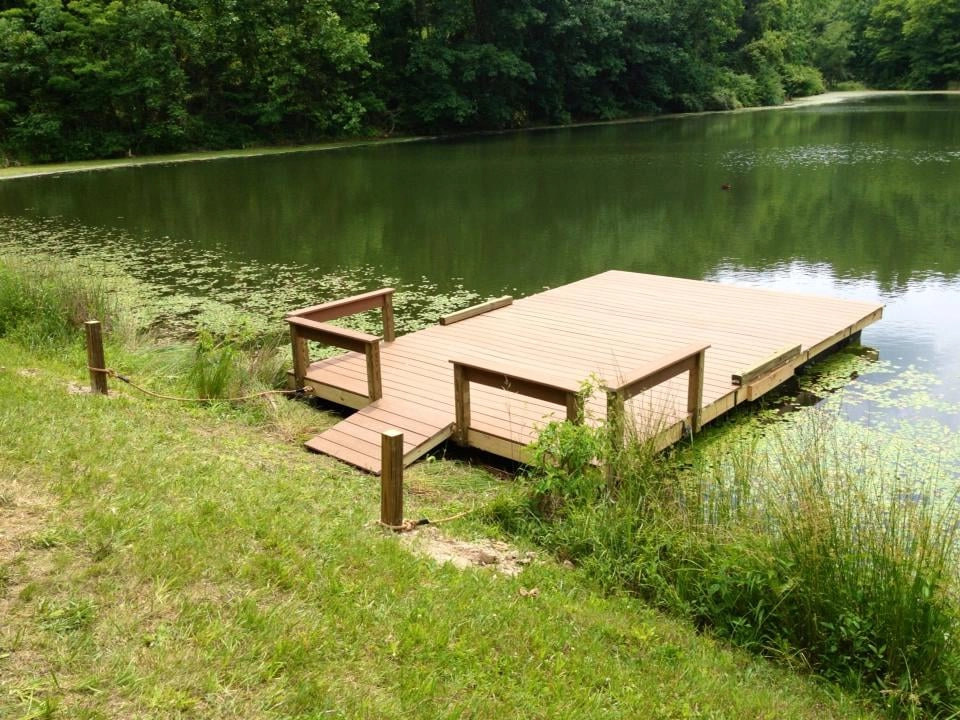Floating bridges represent an innovative engineering solution designed to span bodies of water while adapting to various environmental conditions. One of the most significant challenges faced by these structures is the variability in water levels and changing tidal conditions. As such, the design and construction of floating bridges must incorporate flexible and adaptive features to ensure stability, safety, and functionality. The adaptability of floating bridges is largely attributed to their buoyant nature. Unlike traditional fixed bridges that can be compromised by rising water levels or shifting tides, floating bridges can adjust their position and orientation in response to changes in the aquatic environment. This inherent flexibility allows them to maintain structural integrity, regardless of fluctuating water conditions. Engineers often utilize materials and designs that provide optimal buoyancy and stability, enabling the bridge to rise and fall with the tide while remaining firmly anchored. One critical aspect of designing floating bridges is the incorporation of advanced mooring systems.

These systems are essential for securing the bridge to the seabed or riverbed, allowing it to remain in place while accommodating movement caused by water level changes. Various mooring techniques, including the use of anchors, cables, and tensioned systems, are employed to ensure that the bridge can respond dynamically to water fluctuations without becoming dislodged. The ability to withstand the forces exerted by waves and currents further enhances the bridge’s resilience against environmental challenges. Moreover, floating bridge can be engineered with adjustable features that actively respond to water level changes. For instance, some designs include modular components that can be added or removed as needed, allowing the bridge to adapt to specific conditions. This modularity can be particularly advantageous in areas experiencing significant seasonal changes in water levels, ensuring that the bridge remains functional year-round. Additionally, innovative designs might integrate hydraulic systems that enable controlled adjustments, facilitating smooth transitions as water levels rise or fall.
Engineers must carefully assess how the bridge’s design interacts with local ecosystems, particularly in tidal zones where marine life can be sensitive to structural changes. Strategies such as incorporating environmentally friendly materials and minimizing disruption to natural habitats are vital in mitigating adverse effects. Moreover, designs can be optimized to allow for the passage of aquatic organisms, ensuring that the bridge coexists harmoniously with its surroundings. In summary, adapting floating bridges to varying water levels and changing tidal conditions requires a combination of innovative engineering, advanced materials, and thoughtful design in hiseadock. By focusing on buoyancy, effective mooring systems, modular features, and environmental considerations, engineers can create resilient structures that not only fulfill transportation needs but also withstand the challenges posed by dynamic aquatic environments. As climate change continues to influence water levels and tidal patterns globally, the importance of adaptable bridge solutions will only grow, highlighting the need for continued research and development in this field.
